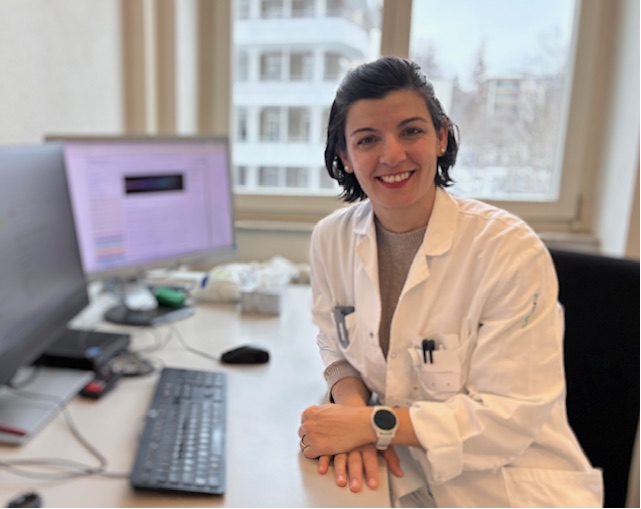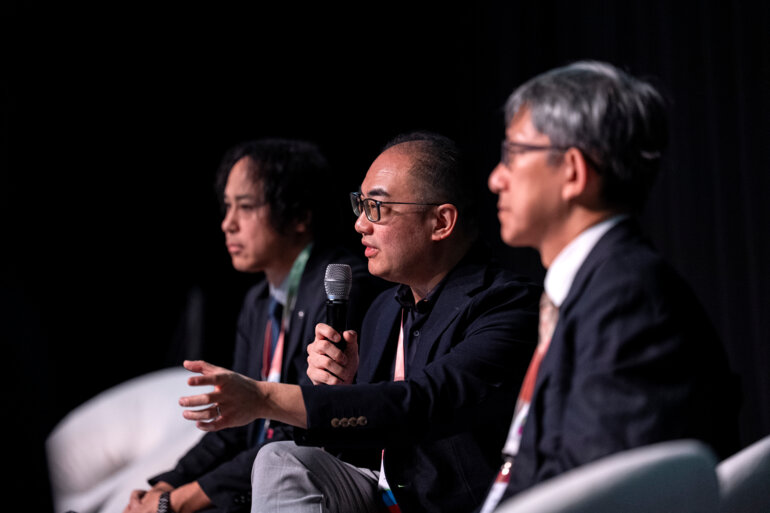High-quality studies employing molecular pathological epidemiology frameworks could help pinpoint aetiologic mechanisms and help tackle a potential future epidemic among the youngest
The incidence of early-onset cancer (EOC), or cancer occurring in adults younger than 50 years of age, has increased by almost 80% since the 1990s, alongside a substantial (27.7%) increase in deaths from cancer in this age group (BMJ Oncology. 2023;2:e000049). What is driving this increased incidence of EOC? For some cancers, this may be due to an increased uptake of screening and early detection, such as for prostate and thyroid cancers (Nat Rev Clin Oncol. 2022;19:656–673). Other recognised factors include changes in diet, lifestyle and environmental factors since the mid-20th century, which have led to a rise in consumption of Western-style diets and alcohol, physical inactivity, sleep pattern changes and exposure to various chemical substances (BMJ Oncology. 2023;2:e000049; Nat Rev Clin Oncol. 2022;19:656–673). While there may be differences in distribution of the characteristics of colorectal cancer (CRC) diagnosed in younger patients compared with older age groups, such as the location of the tumour and presence of hereditary risk factors, analysis of CRC incidence trends indicate that high body mass index (BMI) seems to be a risk factor for CRC in any age group, but in younger populations, the link between high BMI, along with elevated fasting plasma glucose and CRC is even more pronounced (Cancers (Basel). 2022;14:3502).
The type of EOC in which we see a rising trend depends on the geographical region. Globally for instance, the incidence of early-onset colorectal cancer (CRC) increased by 64.3% between 1990 and 2019. In that time, the highest percentage increase (≥25%) in incidence of early-onset CRC was reported in countries in Australasia, Latin America, Central, Eastern and Western Europe, the Caribbean, South, East and Southeast Asia, North Africa and the Middle East, high-income Asia Pacific and North America, Western sub-Saharan Africa and the Oceania regions (Cancers (Basel). 2022;14:3502). In 2019, among 29 different EOCs analysed, early-onset breast cancer had the highest global incidence (13.7 per 100,000 population) – an estimated annual percentage increase of 1.01% since 1990 (BMJ Oncology. 2023;2:e000049). While the highest age-standardised incidence of early-onset breast cancer in 2019 was in high sociodemographic index countries (21.1 per 100,000 population), the greatest increase since 1990 was seen in middle sociodemographic index countries (from 7.3 to 12.3 per 100,000 population) (BMJ Oncology. 2023;2:e000049).
There are trends within EOC types, with some cancers having greater increase in incidence in a younger cohort. In a study of >24,500 patients with invasive cancer diagnosed at a single centre in Spain from 1998–2021, the average annual percentage increase in incidence of head and neck cancer, colon cancer, non-Hodgkin lymphoma, melanoma, ovarian cancer and sarcoma was greater among patients aged <40 years than those aged ≥40 years (JCO Glob Oncol. 2024;10:e2300363).
To address the rising trend of EOCs, a transdisciplinary research approach is needed. Future directions for research include elucidating the trends in incidence and mortality in different geographical regions to better understand the global trends and future needs of the population. While it is difficult to prospectively study the link between early-life factors and EOC, a potential option is to utilise existing child cohorts, which would necessitate that EOC researchers collaborate with paediatric researchers. There is also a need to harvest biospecimens such as tumour tissue to gain pathogenic insights into the development of EOC. Using a molecular pathological epidemiology approach, tissue biomarkers could be linked to possible risk factors to obtain deeper aetiological insights, which could lead to strategies for primary prevention, early detection and treatment. In addition, basic experimental studies using model systems can shed light on cancer pathogenesis. Conducting high-quality studies in this area now could lead to a long-term impact for future generations.
Programme details
Ogino S. The emerging global epidemic of young age-onset cancer: Nature or nurture? ESMO Congress 2024
Keynote Lecture, 16.09.2024, h. 12:00 – 12:30, Madrid Auditorium – Hall 2







